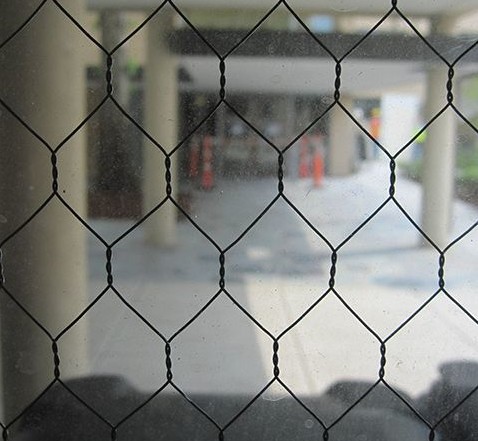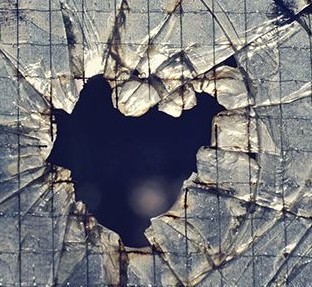

Faced with such an obvious risk for injury and lawsuits, many building owners have already begun to evaluate their existing wired glass, and prioritize the glazing for replacement or the application of a safety film that will increase the impact-resistance. Here in the United States, the city of Eugene, Oregon, opted to proactively replace or retrofit all of the wired glass in their schools.
“After one or two injuries, it became clear it was more cost-effective to change out the old wired glass before it broke than to pay out on a settlement,” said Vicki Walter, a retired Oregon senator. “Most importantly, however, our school district valued the safety of its children over the cost savings of cheap, wired glass.”
Conclusion
Despite changing the International Building Code and slowly increasing awareness among specifiers, building owners, facility managers, and public officials, there is still much work to be done. There is a growing movement in Canada to prohibit traditional wired glass, but in other countries like Australia, it is still considered to be a form of safety glass; the risks it poses remain largely unaddressed.
The issue was perhaps best summarized by A. Elkin in his testimony as chair of the National Committee on Product Safety:
When your intelligence tells you that something will create an injury and that it seems conceptually clear that injury will occur, it is primitive to wait until a number of people have lost their lives, or sacrificed their limbs, before we attempt to prevent those accidents.
| Hazardous Locations |
According to the International Building Code (IBC), “hazardous locations” are those most prone to impact from a building occupant. In terms of doors, safety glazing is required for the following hazardous locations:
Additionally, safety glazing is required in many instances when:
The requirements depend on the location of the glass, particularly the height above the walking surface. Each pane of safety glazing installed in hazardous locations must have a permanent identification mark that includes the manufacturer’s designation, the safety glazing standard with which the product complies, and the type and thickness of the glazing. The mark must also include information about the fire resistance characteristics of the glazing when applicable. One should look for the Consumer Product Safety Commission (CPSC) 16 Code of Federal Regulations (CFR) 1201, Safety Standard for Architectural Glazing Materials, or American National Standards Institute (ANSI) Z97.1, American National Standard for Safety Glazing Materials Used in Buildings, designations on the etching or label on the glass to determine if it meets the requirements for impact. There are wired glass products that have achieved the required impact ratings; each piece will be marked with the etching stating the level of impact-resistance. A suggested list of wired glass locations that should be reviewed, starting with those most prone to human impact includes:
*The exceptions to this would be lites in doors where a 76-mm (3-in.) diameter sphere cannot pass through the exposed opening, decorating glazing, glazing used as curved panels in revolving doors, and glazed doors in commercial refrigerated cabinets. |
Lori Greene, AHC/CDC, CCPR, FDAI, is the codes and resources manager for Allegion. She has been in the industry for more than 25 years, and used to be a hardware consultant writing specifications. Greene is a member of CSI, the Door and Hardware Institute (DHI), the International Code Council (ICC), the National Fire Protection Association (NFPA), and the Builders Hardware Manufacturers Association (BHMA) Codes and Government Affairs Committee. She has a monthly column on code issues in Doors & Hardware, and blogs at www.iDigHardware.com (or www.iHateHardware.com). Greene can be contacted via e-mail at lori.greene@allegion.com.




